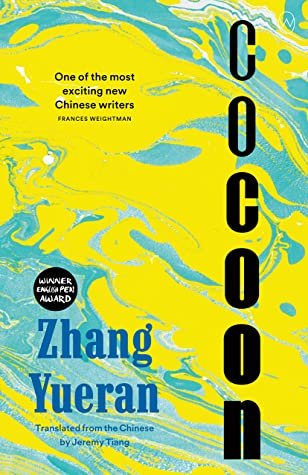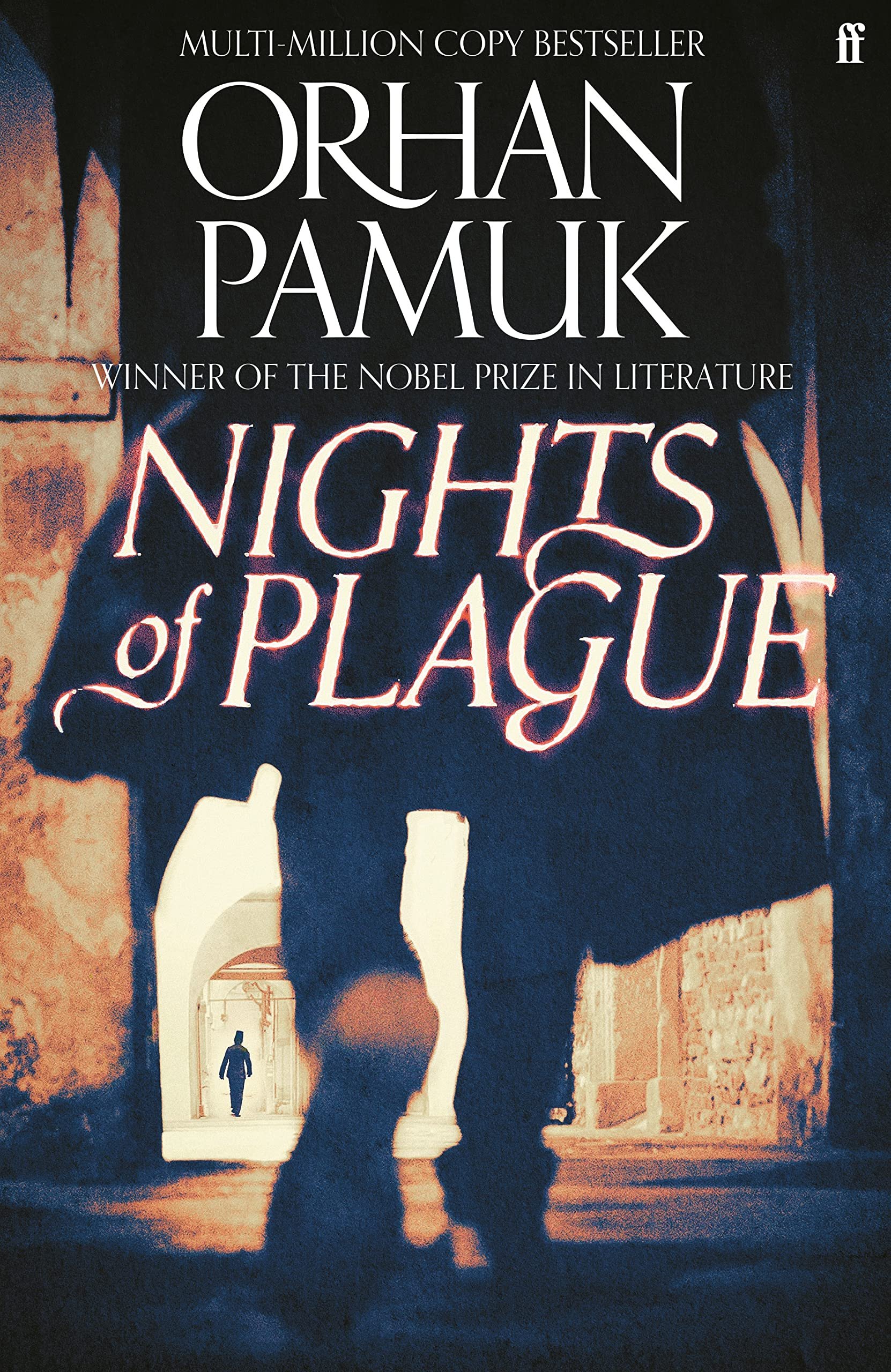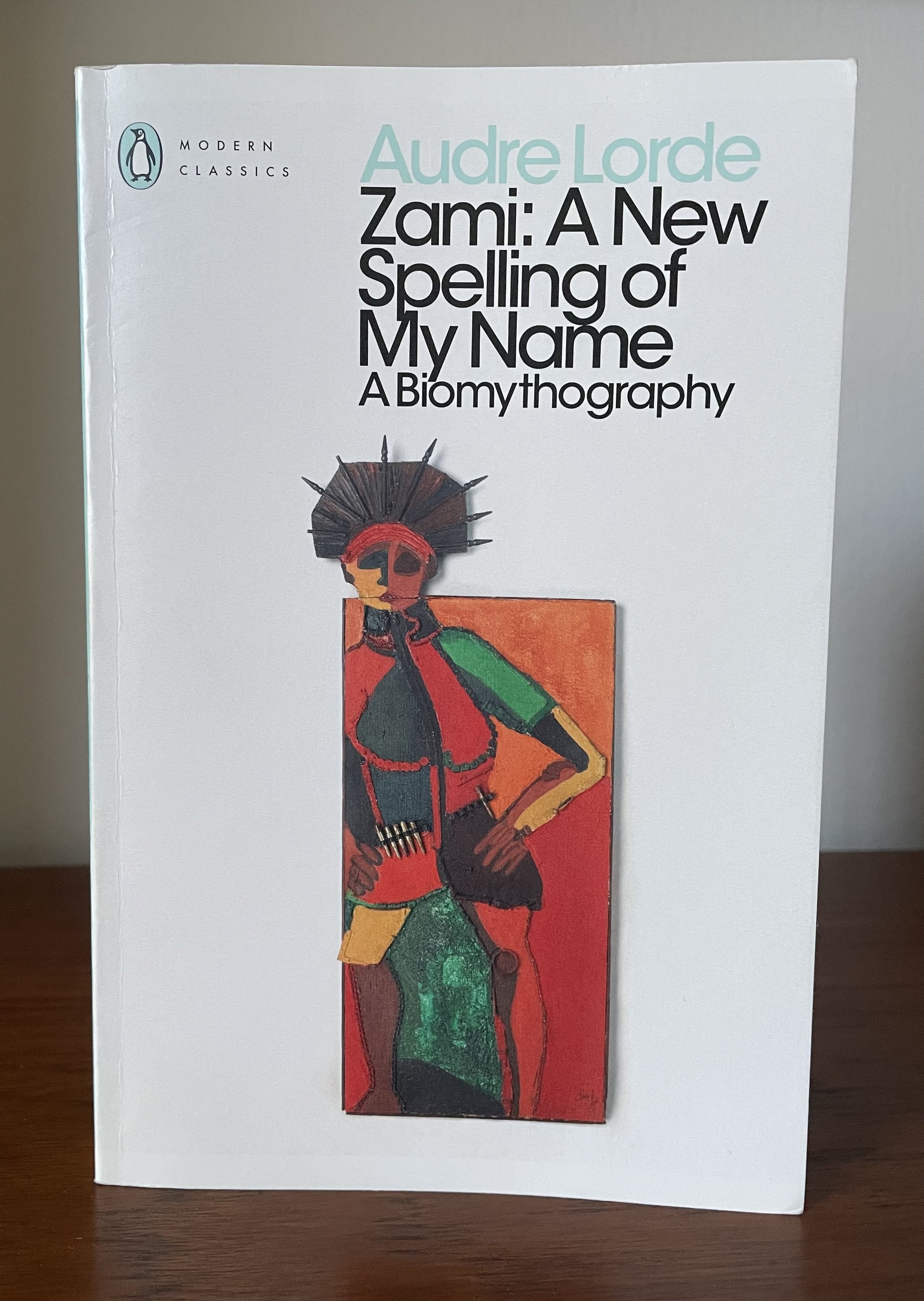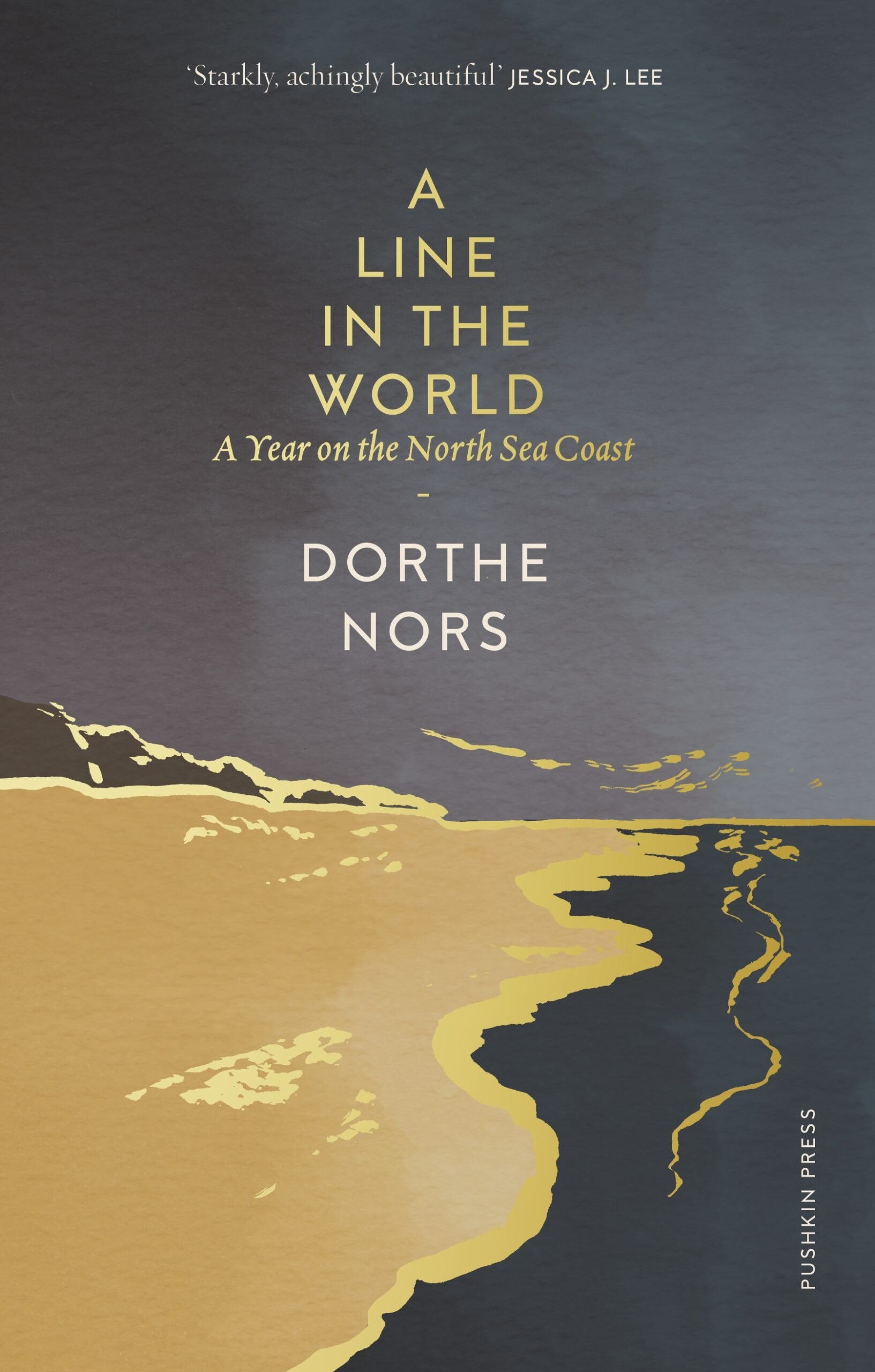Who do you become when you leave your identity behind? The unnamed narrator of “Sugar Street” has abandoned his home, family, friends and job along with any identification. He goes to great lengths to avoid leaving any detection of himself as he drives to a remote town with nothing but a large bundle of cash. Here he finds lodging at a ramshackle house owned by a wayward woman who doesn't even care to know his name. In his dank upstairs room he simply exists, gazing out of the window and the only technology he allows in his space is an old radio. The mystery of who he is and what he's run away from persists through much of the novel especially as he cautiously plants several red herrings so the reader of this account won't be able to decipher his identity. At the same time, his story prods at existential questions to do with the meaning of life and whether being a “good” person is possible especially as a well-meaning white, heterosexual man from a comfortable background. He declares “I want peace. A just and lasting peace, peace in our time. I've always wanted peace, and I used to imagine that made me some kind of radical. But now I get it that peace is self-serving; peace protects the status quo and those who like it.” Stripped of everything in life but the bare essentials he pursues whether it's possible to exist in a morally wholesome way in modern America or if this is just another egotistical trap. While this might sound like a lot of liberal hand-wringing the story conveys a sense of deeply-felt crisis.
Much of the action of this novel is concerned with the painstaking measures he takes to avoid cameras, being logged on any system or giving any indication which could connect him to his origins. As he acknowledges, this is practically impossible in today's world when most large venues use CCTV and even searching the catalogue of a library requires a form of ID. It makes for quite a meagre, sad and lonely life as any tentative connections he forms with other people cause him to become paranoid. Of course, any interaction he experiences is also amplified as so much of his days are spent sitting in his dingy darkened apartment. He can sway from extreme acts of generosity to lashing out against those who disturb his placid afternoon. Many readers might grow frustrated or impatient with this novel as the plot becomes so concerned with the minutiae of these details. However, there are occasional moments of sly humour like when he refers to himself as Bertha Rochester (the so-called “madwoman in the attic” from “Jane Eyre”). He also asks difficult questions of readers and the inherent value of literature: “What are books anyway, though, in this world? Little antiquities. A library is a sort of roadside museum.” Many readers believe books give us an accumulation of knowledge and points of view along with entertainment, but this is a concept he has completely lost faith in.
What's more he's lost faith in humanity in general and cynically feels: “every effort to change the world has failed, is doomed to fail, as long as people are involved. Because people are a nightmare. Any system predicated on the idea of innate human decency is a joke. We're proving that now, as we have been for centuries.” Most people believe that human society is making incremental progress towards the betterment of all, but he seems to posit that this is an impossibility if we're to believe Sartre's maxim that “hell is other people.” Certainly anyone who has become involved in social media with the hope of it providing an earnest exchange of ideas where everyone is allowed to have a voice will quickly become disillusioned with its integrity. In fact, he dispels with the belief that individual perspective contains any essential importance: “in the end you are not a voice. You are not a name, not an identity; all that is vanity. In the end you are a body. That is the most, maybe the only, useful thing at your disposal. You must not flatter or deceive yourself about that.” Though these views about the illusion of individual existence veer towards some Buddhist philosophy, the narrative remains resolutely irreligious in his search for answers. However, it's interesting that his ultimate conclusion similarly suggests the necessity of obliterating the self (or some version of oneself). Those prone to such angst will find much to meditate on in this brooding tale.






















